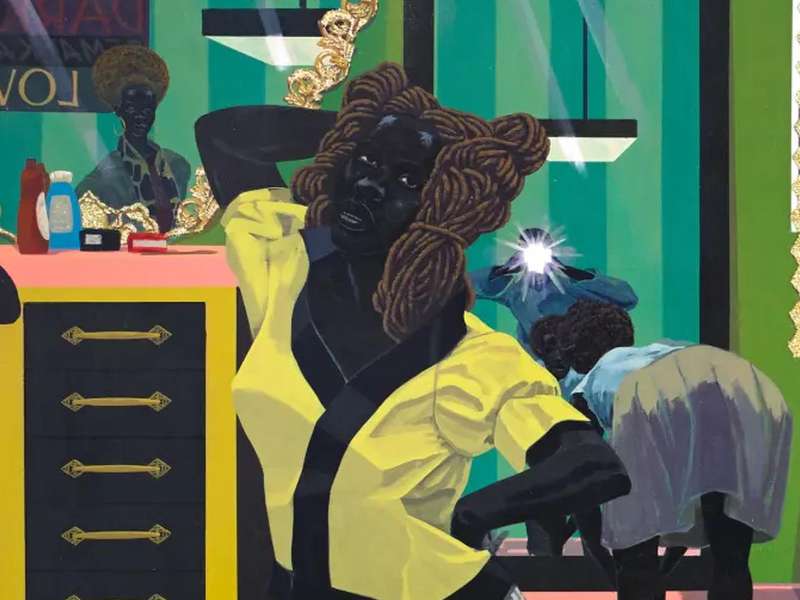
Kerry James Marshall, invisible dialogue
At the Royal Academy, The Histories presents the most comprehensive European survey of Kerry James Marshall’s work. Over seventy pieces place Black figures at the center of the artistic narrative, redefining Western painting’s traditional canons with bold, poetic force.
阅读更多